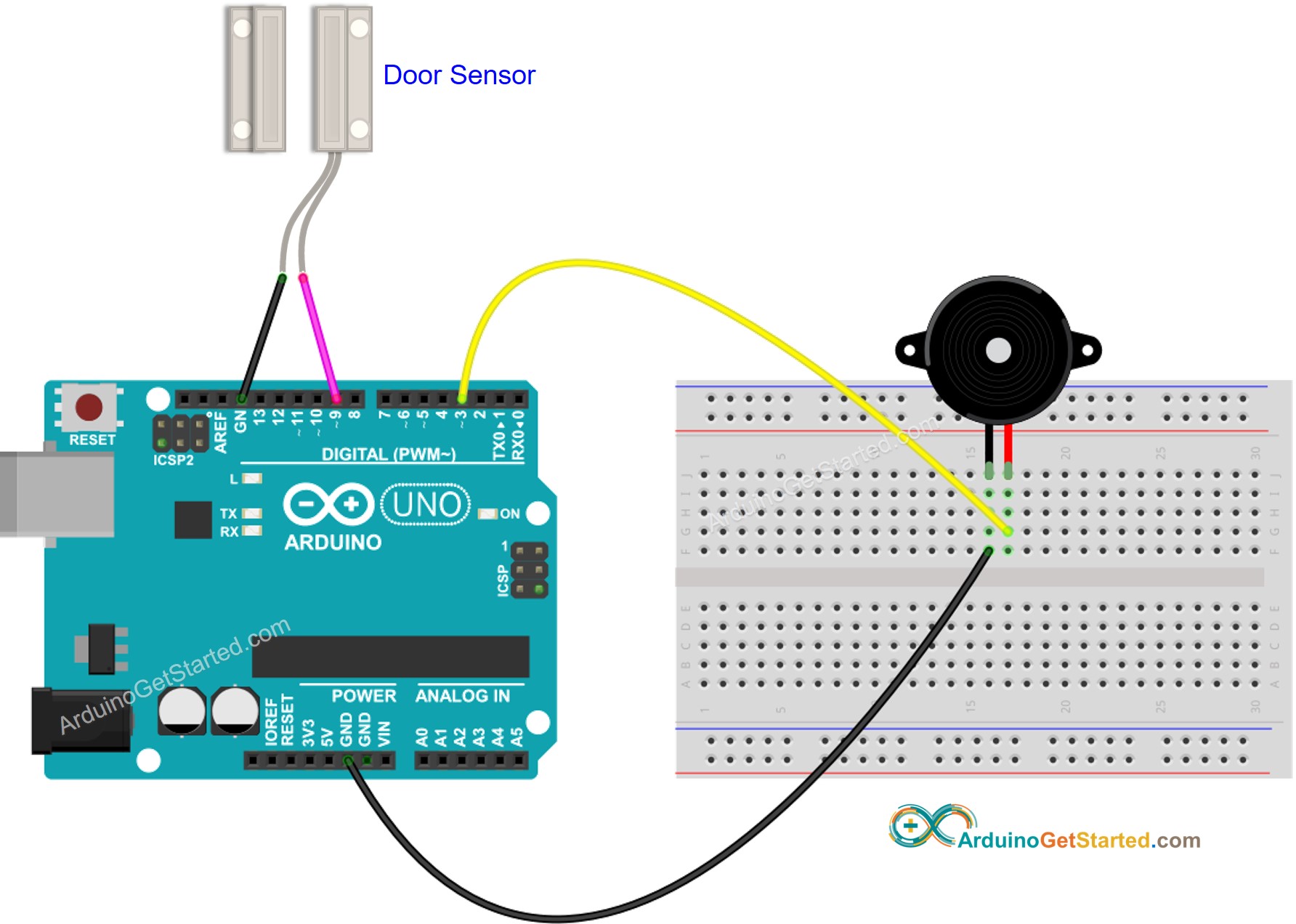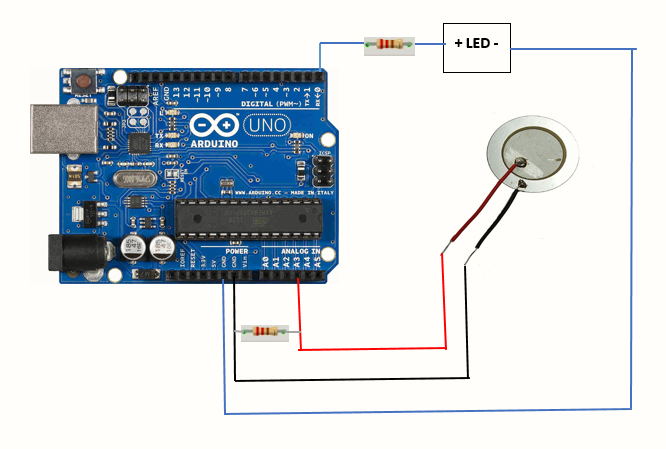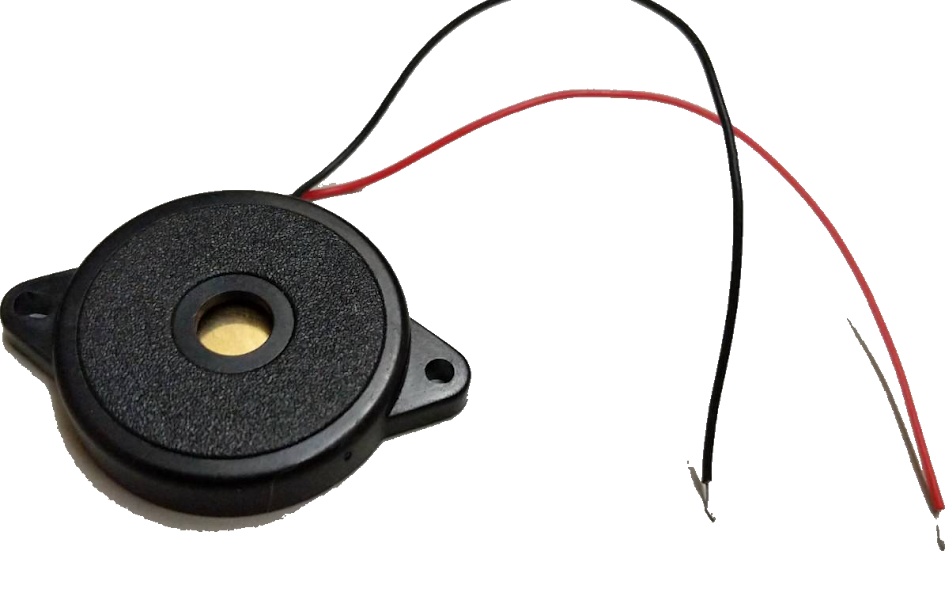
The mouth and fan unit (3d printed with fan bolted in) would be mounted inside, with just the pipe mouth exposed to the outside (plastic bits poking through a hole).īut most importantly: you should decide how loud that sound should be - e.g.

The "pipe" can be a Helmholz resonator formed from the enclosure of the device itself, as long as the enclosure can be otherwise air-tight. It's not small but it can be fairly light for its size, and it doesn't get much simpler. Should work with just 1" of air pressure. This is not particularly light but can be simple: think an Altoids can soldered shut, filled with water or alcohol, with one or more flat transducers soldered to holes on one flat side, with the other flat side coupled to an acoustic resonator.Īnother solution to that problem is a (possibly folded) organ pipe (3D printed) with a small fan (1.5-2" diameter should be plenty) as air source. Since the piezo transducers are fairly stiff, there is quite an acoustic impedance mismatch between them and any chamber filled with air, and an intermediate low-viscosity fluid could be used to enlarge the coupling area. If you really think you need a vibrating membrane, then the membrane has to be tightly coupled to a resonating chamber. What I am trying to do is move as much air as possible with a vibrating membrane unit that is extremely light and simple You could just as easily use a binary counter and a little mickey mouse logic to get the same result if your divisor is a power of 2.

People experienced in listening analytically, such as musicians, easily hear both the low and high tones.įor a commercial product that I engineered using this effect, I used a microcontroller running a simple program loop to "skip" one square wave in X to make the tone that I wanted. Interestingly, if you present this sound to someone who is not expecting a high, screechy tone, they often say that they only hear the low tone. I'm not sure why this works, but it works. You will hear a loud, raspy 125 Hz tone superimposed over a rather faint 4 KHz tone. You now have a "missing" wave 125 times per second in an otherwise continuous train of square waves at 4 KHz. One time in every 32 square waves, inhibit the pulse.Make a square wave at 4000 Hz to drive the transducer.Your desired frequency is in the ratio 1:32 of the natural resonant frequency. Say you have a piezo disc with a natural resonant frequency of 4000 Hz but you want a tone at 125 Hz.
#Resistance of arduino piezo buzzer driver#
(I can't help you if it's a piezo "buzzer" that has its own fixed-frequency driver powered by DC.) If "Done uploading" appears at the bottom of the window, it means the sketch has been successfully uploaded.If you have a bare piezo transducer which you are driving with your own circuitry, I have a way for you to get a loud, arbitrarily low-frequency sound.

#Resistance of arduino piezo buzzer code#
Upload the sketch to the Arduino Uno boardĬlick the Upload icon to upload the code to the control board. In this experiment, we use the active buzzer. The active buzzer is often more expensive than the passive one because of multiple built-in oscillating circuits. But a passive buzzer does not have such source, so it will not tweet if DC signals are used instead, you need to use square waves whose frequency is between 2K and 5K to drive it. The difference between an active buzzer and a passive buzzer is:Īn active buzzer has a built-in oscillating source, so it will make sounds when electrified. Turn the pins of two buzzers face up, and the one with a green circuit board is a passive buzzer, while the other enclosed with a black tape is an active one. Buzzers can be categorized as active and passive ones (see the following picture). Components Required:Īs a type of electronic buzzer with integrated structure, buzzers, which are supplied by DC power, are widely used in computers, printers, photocopiers, alarms, electronic toys, automotive electronic devices, telephones, timers and other electronic products for voice devices.

You can use a buzzer whenever you want to make some noise.


 0 kommentar(er)
0 kommentar(er)
